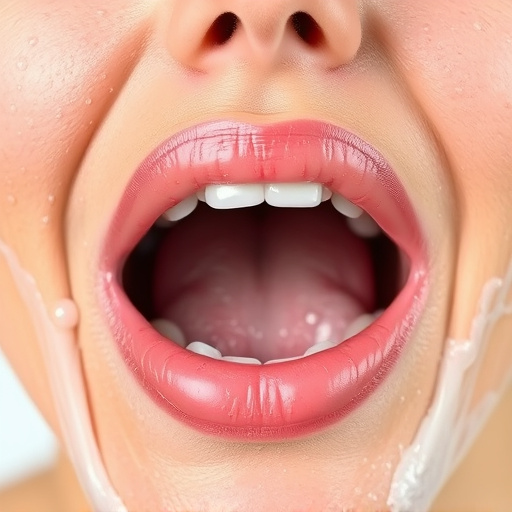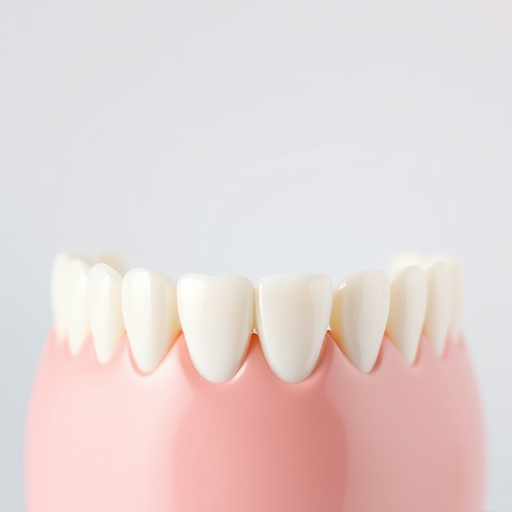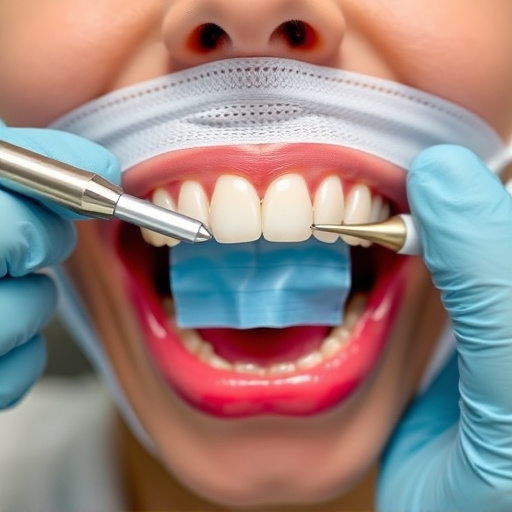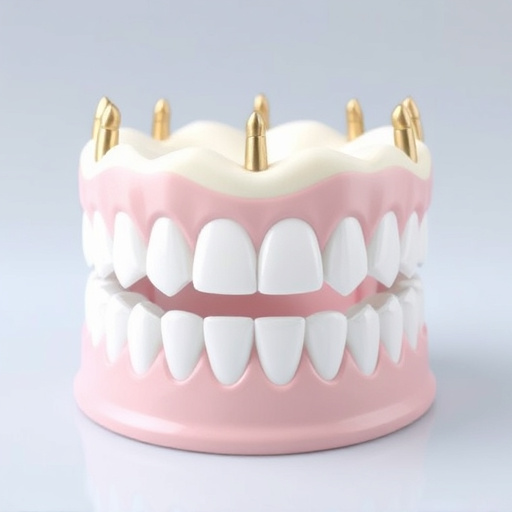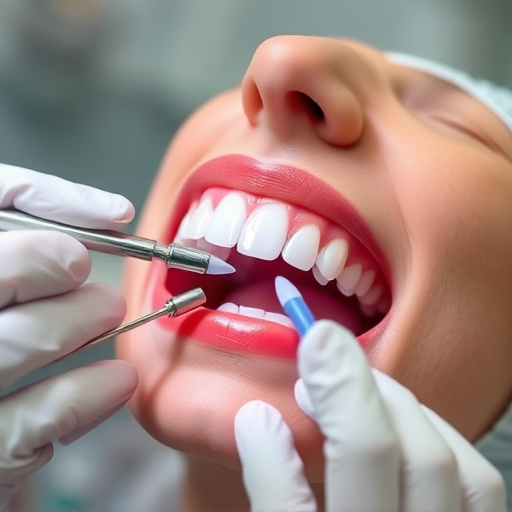Occlusal adjustment is a key general dentistry practice focusing on managing dental bites and chewing patterns, vital for preventive care and protecting restorations like fillings, crowns, and bridges. It alleviates bite-related issues, prevents restoration failure, and promotes overall oral health, especially after extractions. Regular cleanings, timely interventions, and relaxation exercises are essential to maintain proper occlusal alignment and prolong the life of dental work.
Occlusal adjustment, a precise dental procedure, plays a pivotal role in safeguarding your oral health and enhancing the longevity of dental restorations. This article delves into the intricate world of occlusal adjustments, elucidating its significance and the science behind its protective effects. We explore how this technique guards against wear and damage to fillings, crowns, and other restorative work, ensuring optimal durability. Get ready to unlock the secrets to effective occlusal management for a healthier, more durable smile.
- Understanding Occlusal Adjustment and Its Role in Dental Care
- How Occlusal Adjustment Protects Restorations: The Scientific Explanation
- Benefits and Best Practices for Effective Occlusal Management
Understanding Occlusal Adjustment and Its Role in Dental Care
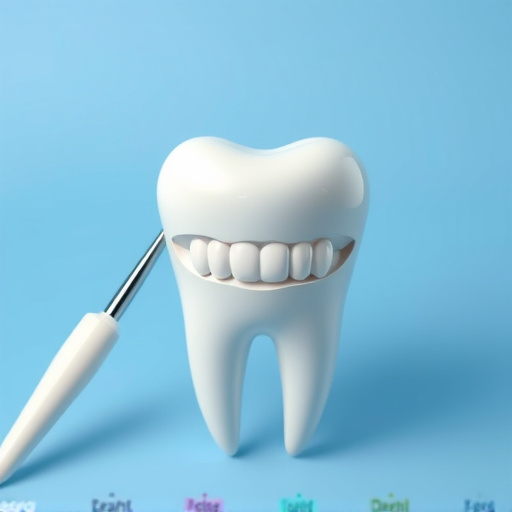
Occlusal adjustment refers to the precise management of how your teeth fit together during biting and chewing. It’s a key component in general dentistry that often plays a significant role in preventive dentistry, helping to safeguard dental restorations like fillings, crowns, and bridges from damage or early failure. By ensuring proper occlusal alignment, dentists can also alleviate issues arising from improper bites, such as tooth pain, headaches, and temporomandibular joint (TMJ) disorders.
This adjustment involves a careful assessment of your bite and the use of various techniques to correct any misalignments. For instance, after certain procedures like tooth extractions, occlusal adjustment becomes even more critical. It helps to redistribute chewing forces evenly across the remaining teeth, preventing excessive stress on individual restorations and promoting overall oral health and functionality.
How Occlusal Adjustment Protects Restorations: The Scientific Explanation

Occlusal adjustment plays a pivotal role in safeguarding dental restorations, such as fillings, crowns, and bridges. The scientific rationale behind its effectiveness lies in balancing the bite forces across all teeth, thereby reducing uneven pressure that could compromise the integrity of these repairs. By meticulously modifying the occlusal surfaces (chewing sides) of teeth, dentists create harmony between upper and lower jaws, minimizing stress concentrations that might lead to restoration failure.
This adjustment involves subtle changes to the tooth’s shape and position, ensuring a more even distribution of bite forces during chewing and jaw movements. Specifically, it can help alleviate excessive wear on restored teeth, prevent new cavities from forming around existing repairs, and reduce the risk of fractured crowns or bridges. In essence, occlusal adjustment acts as a proactive measure in general dentistry, promoting longevity for tooth repair procedures, including those related to wisdom tooth removal.
Benefits and Best Practices for Effective Occlusal Management

Occlusal adjustment, a precise manipulation of teeth alignment, offers multifaceted benefits for dental restorations. By ensuring proper bite alignment and reducing excessive wear on restored teeth, it prolongs the lifespan of fillings, crowns, or other restorative procedures. This is particularly crucial in the case of cosmetic fillings, which can enhance smile aesthetics while maintaining oral health.
Effective occlusal management involves a combination of strategies including regular dental cleanings to remove plaque and maintain optimal oral hygiene, and timely interventions such as wisdom tooth removal if they cause overcrowding or occlusal issues. Dentists may also recommend specific exercises or mouthguards to relax jaw muscles and prevent grinding, which can damage restorations. This proactive approach ensures that dental work remains intact and healthy, enhancing patient comfort and confidence in their smile’s longevity.
Occlusal adjustment is a vital aspect of dental care, often overlooked but crucial in protecting dental restorations. By understanding how it balances bite forces and maintains oral health, dentists can offer comprehensive treatment plans. The scientific explanation behind its protective effects highlights the significance of occlusal management for long-lasting results. Adhering to best practices ensures that patients benefit from enhanced restoration protection, improved comfort, and overall oral well-being.

